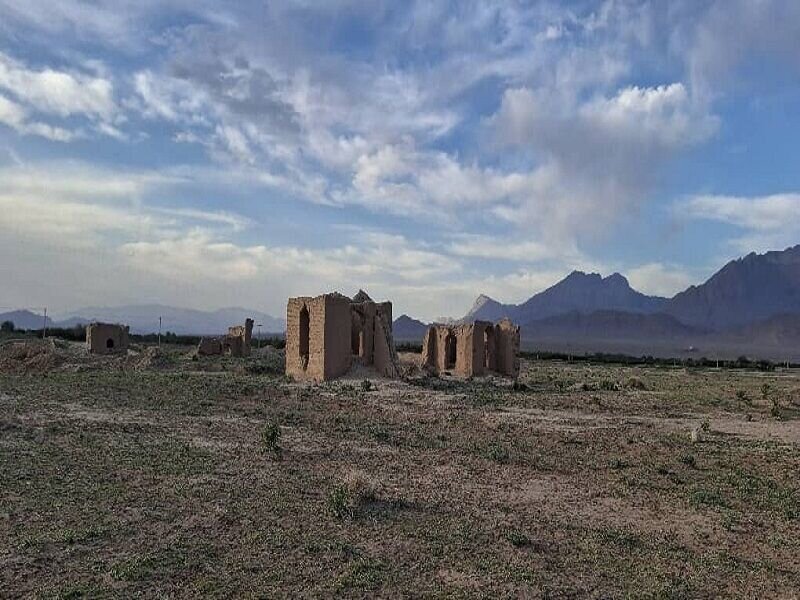Archaeological survey reveals evidence of Paleolithic human presence in Kerman plain

TEHRAN - An archaeological team has uncovered evidence of continuous human presence in the central plains of Kerman, southern Iran, stretching from the Paleolithic period to modern times.
Amin Mahani, head of the archaeological team and director of the Goharriz Qanat World Heritage Site, announced that the first season of archaeological surveys in the Mahan district of Kerman has revealed significant findings, including traces of prehistoric human occupation.
The project, conducted under the Research Institute of Cultural Heritage and Tourism, focused on identifying archaeological sites, historical areas, and ancient settlements in the Mahan region. The findings demonstrate a sequential timeline of human settlement from the Paleolithic era through to the present, offering valuable insights into the evolution of human habitation in the area.
In addition to mapping ancient sites, the survey also examined the influence of underground water resources, particularly qanats, on the patterns of human settlement. Special attention was given to the development of qanats and other water management structures, which have played a critical role in the region’s historical habitation and agriculture.
Situated between the towering peaks of Polvar and Jopar, both exceeding 4,000 meters, the Mahan plain lies about 35 kilometers southeast of Kerman city. Historically, Mahan served as a cultural crossroads connecting the civilizations of Lut Shahdad, the Bardasir plain, northern Kerman, Bam, and Jiroft. Archaeological evidence from the region reflects the rise and fall of several ancient civilizations in southeastern Iran.
Mahani also highlighted the region's dual historical settlement patterns, with both nomadic and sedentary populations exploiting its favorable climate and abundant water resources. This strategic location fostered the growth of local cultures while exposing them to external influences over the centuries.
Among the key findings of the survey were Paleolithic-era sites, evidence of Chalcolithic (Copper Age) metallurgical activities, including metal smelting and casting technologies, as well as a variety of water management structures. The team also identified nomadic encampments and ancient rock-cut dwellings, shedding light on the diverse settlement strategies employed by past populations.
AM
Leave a Comment